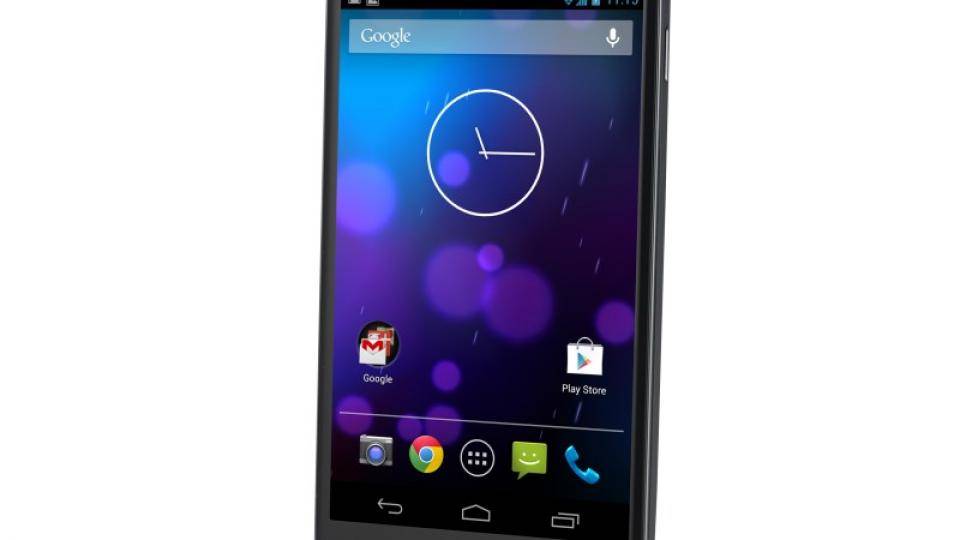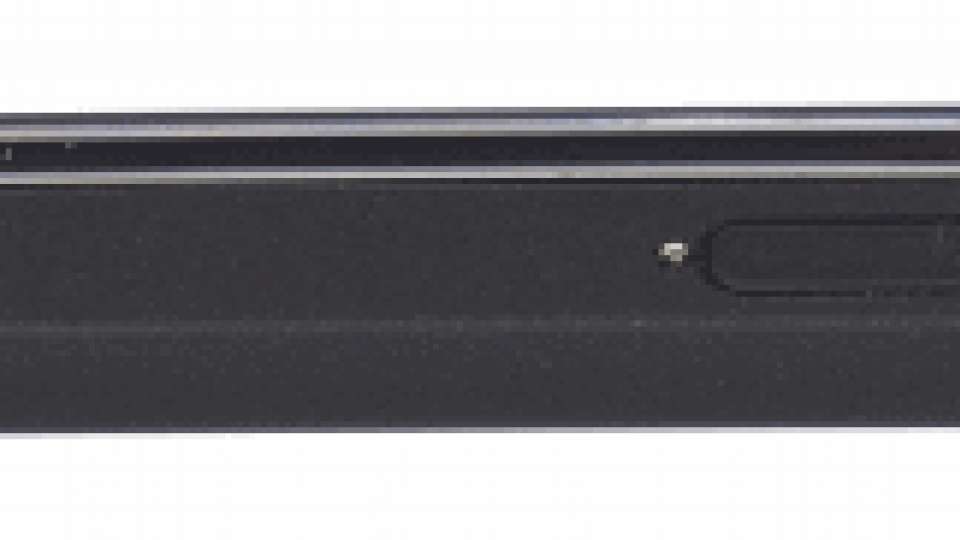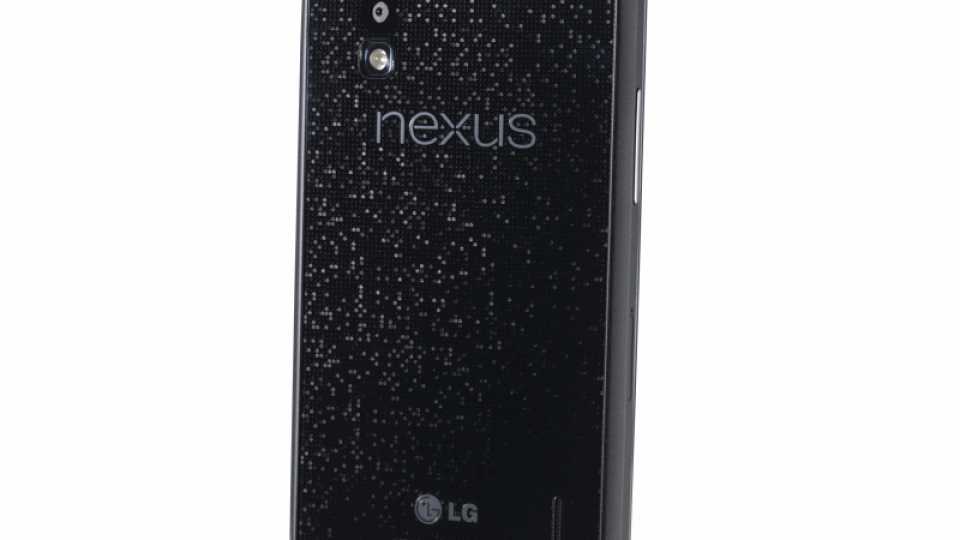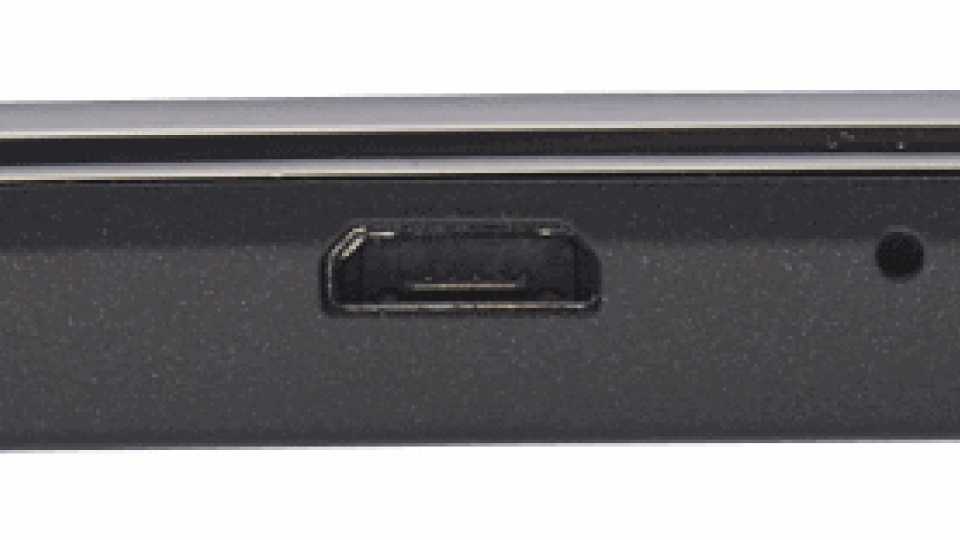When the Google Nexus 4 first launched it was a revelation. It had great performance and a SIM-free price that was easy on the wallet. However, two years on it's now showing its age. You're only going to find it second hand or refurbished now, but if you're lucky you can find it for as low as £120. At this price, though, there are other great choices available such as the excellent value Motorola Moto G .
The Nexus 4 received an update to the latest version of Android, which is usually great news, but it's actually highlighted the device's dated specifications, with it struggling to run Android Lollipop. The Android update also introduced a number of bugs such as call issues that haven't been fixed, making updating to Lollipop less enticing.

Previous Nexus smartphones were manufactured by HTC and Samsung (twice), but Google likes to share things around and so this handset is made by LG. Now LG's handsets haven't wowed us to the extent of those two brands of late, although the LG Optimus 4X HD provided plenty of bang for the buck.
The Nexus 4 is a pretty bland handset at first glance, with none of the opinion-splitting design cues from the LG's Prada range, which have since spread to some other models. The front is practically featureless, thanks to the use of software buttons on the display itself. The screen has nicely curved edges too, so it fits almost seamlessly into the rest of the body.
Turn it sideways and it's slender, but not stick-thin, at 9.1mm. That said it's very comfortable to hold thanks to its sloped-off edges (they're too curved to be called bevelled), the power button is easy to find with either hand.

The showpiece is on the rear of the handset, where the backplate is formed of hundreds of little glittery pixels beneath the surface, and beneath the Nexus and LG logos. They catch the light and the pattern changes as you twist the phone. It's a nice effect but can't make up for the fact that this phone is made up from a number of plastic elements rather than having a sleek polycarbonate or metal unibody.

The handset is a single sealed unit, which makes it feel more sturdy than the Samsung Galaxy S3 with its removable backplate. There's no access to the battery and no memory card slot provided. The latter may be an issue for a minority of media hoarders, as only 8GB and 16GB storage options are available.

The micro USB port also doubles up as a display output, though surprisingly it doesn't use the MHL standard that we've seen on numerous recent devices, such as the Samsung Galaxy S3. Instead it supports the new SlimPort standard, which is based upon DisplayPort.
AS with MHL, you can use an adaptor to connect the port to a DVI or VGA display. In practice we couldn't find any such adaptors for sale yet in the UK, and the only adaptors in the US are HDMI ones, which cost a whopping $29 (around £18). Like MHL, SlimPort will also charge your phone (depending on the adaptor used). Frankly we can't really see the benefit to consumers of another standard, given that MHL-to-HDMI is fine for the vast majority of people's needs and cables are widely available from around £6.











